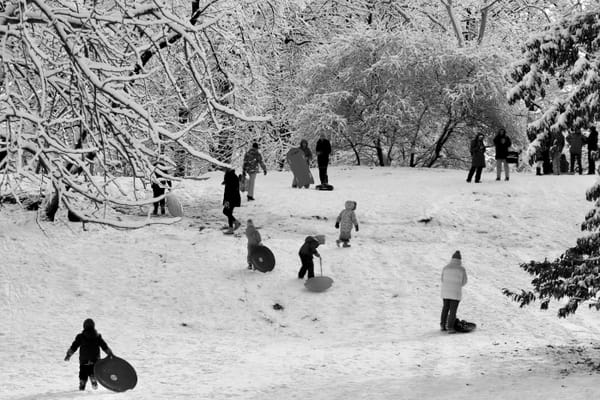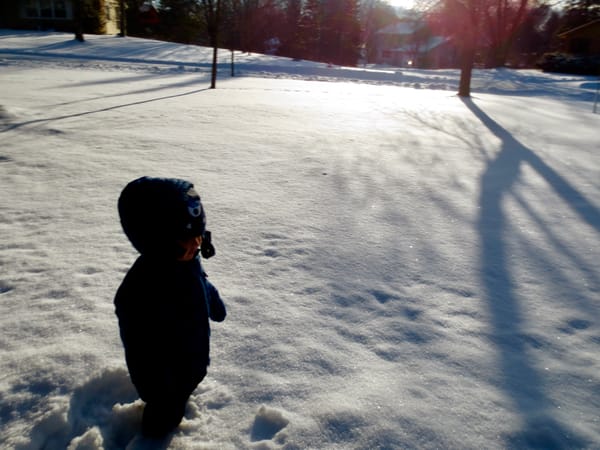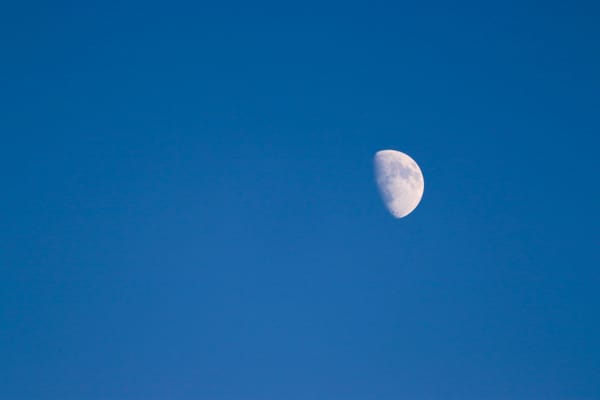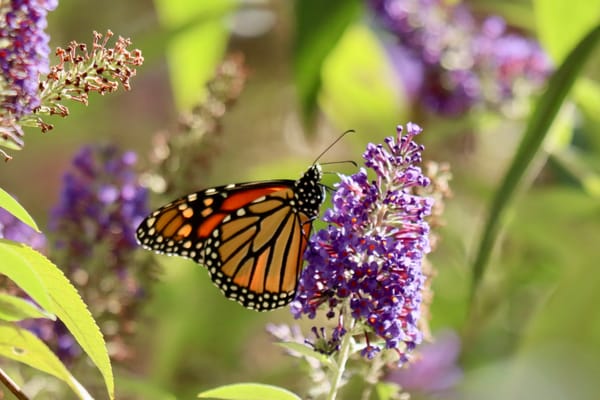Finding Connection in a Season of Light
Amidst our differences, a common desire
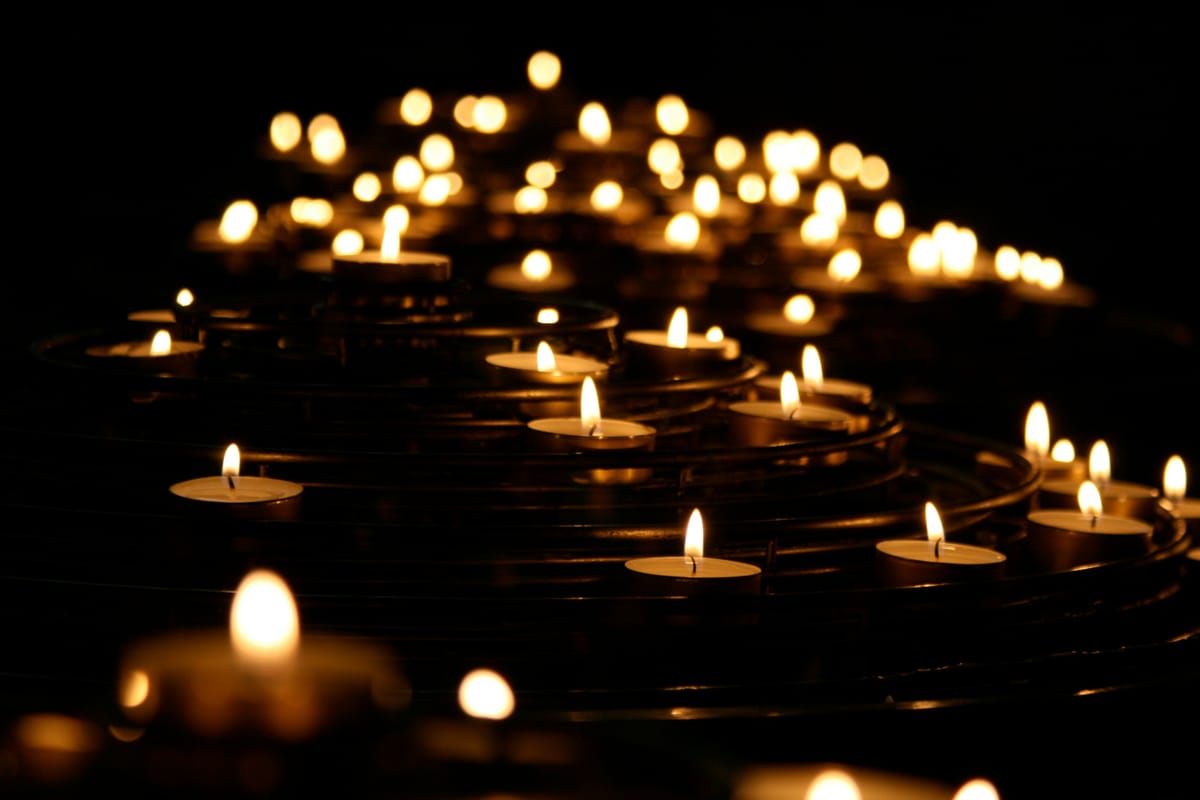
“I have loved the stars too fondly to be fearful of the night.”
~Sarah Williams
As the days grow shorter and darkness encroaches on both the morning and the evening, confining the sunlight and tucking our productive hours into increasingly finite pockets of time, I’m always struck by two seemingly competing truths. On the one hand, these months reveal how unifying the human need to seek out illumination is. And, on the other hand, we often seem to demonstrate a determined capacity to allow the darkness to separate us, instead of coming together through the discovery of our many points of light.
It is more clear in these winter months than perhaps at any other time of year how deeply connected our common human needs are. We are a species uniquely uneasy with darkness. We have striven, since the discovery of the first flickering flame, to illuminate the unknown. Across time and geography a diverse array of cultures have found ways to narrate and ritualize this need to light up the darkness. Just as with so many dangers and uncertainties, other animals tolerate the darkness much more peacefully, steeling themselves and patiently awaiting the dawn, even as it is more likely that true risks lurk in their wild nights than in ours. They are ever stoic where we constantly seek to adjust our environment to ameliorate our uncertainties.
This deep need to cast out darkness is one of the clearest indicators of how spiritually interconnected we humans are. Our most central hopes and fears and the stories and traditions we establish to make sense of them reveal undeniable commonalities in our needs as well as in our meaning making. And yet, despite this, we often allow our traditions to separate us from one another even where they have the most potential to connect us. Our traditions, which are usually cultivated to nurture community and to create a feeling of connection over isolation, too easily become ways of identifying who we will bring in and who we will keep out. What if, instead, we allowed all these traditions of bringing light to darkness to become opportunities to practice seeing each other more clearly? What if we cast our light outward instead of gathering it in?
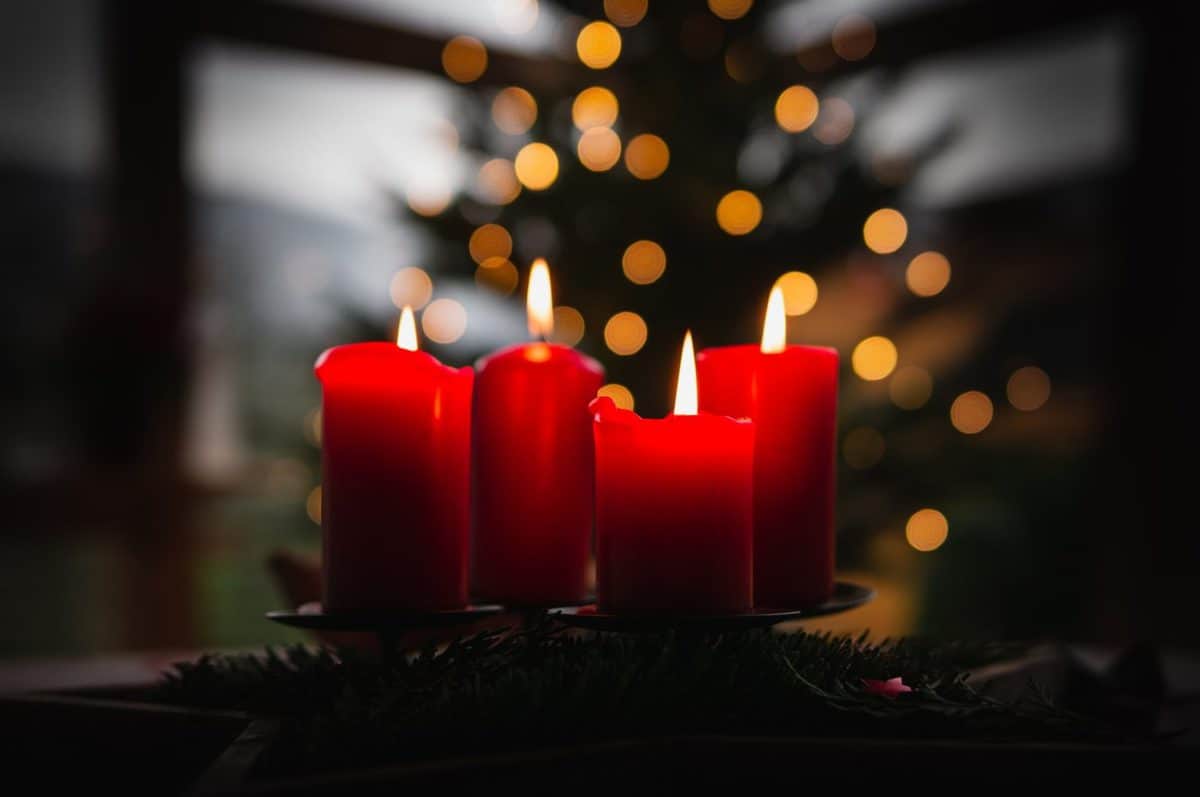
I was talking recently with the mother of a toddler about her daughter’s emerging fascination with the traditions of this luminous season. The family is Indian and had attended a Diwali celebration in their apartment building. At one point, their daughter, who is only two years old, began asking one of their neighbors if he has Diwali candles in his home. The neighbor, who was Muslim, gently explained that he didn’t celebrate Diwali in his home but that he celebrates other holidays. The mother was struck, in this moment, by her daughter’s curiosity. But she also shared that she had observed the other adults growing tense around them, as if her daughter had broken an unspoken rule through her inquisitiveness. I can think of multiple assumptions that may have led the adults in the room to have this reaction. We are often ill at ease when questions of culture and difference arise, and in our unsteadiness we readily communicate discomfort and caution to our children. However, what the child was seeking in her questions was, in fact, one of the most unifying features of the human experience, and having spent a great deal of time with young children I think this was likely the intent. Children often reach deeper with their curiosity than we expect.

While it is important to take care not to approach other cultures with an acquisitional or exotifying eye and to teach children to express their curiosity respectfully, I do not think this child’s queries were those of either a tourist or a critic. Rather, I think she was acting as a detective of the human spirit—a form of curiosity and exploration we could all benefit from. So many of children’s questions can be distilled to wonderings about the ways in which we are similar and the ways in which we are different. They are asking what binds us together and what separates us. These are important questions, and this season of bringing light into the dark offers an array of opportunities to tap into such central wonderings. As we witness the many ways of finding and sustaining illumination, we have an opportunity to observe the ways in which we humans craft a multiplicity of diverse responses to the same fundamental hopes and fears. How powerful—not only for children but for all of us—to see so vividly that there are many ways to bring light to darkness and to cast out fear with rays of hope.

I hope the little girl, who wanted to know if her neighbor had the same candles in his home that she has in hers, gets to see the intricate lanterns of Ramadan that bookend this season of light, and that between now and then she is also able to witness the lighting of Chanukah candles, twinkling Christmas light, a flickering Kwanzaa kinara, and the warm glow of the lanterns that will mark the Lunar New Year.
Young children are experts at both bringing literal light to darkness and seeking connection in moments of isolation. They remind us to leave a nightlight lit in their bedrooms to reassure them when they wake, and they cry out to us for company and comfort when they find themselves alone and afraid. As we respond, we meet their overpowering need to make the mysterious visible and to know they are not alone. These needs are not unique to childhood. Whether we are lighting ritual candles or nudging a lantern across a lake, haven’t we adults created these many traditions to do the same?
In this darkest time of year, a longing rises up as the days grow shorter and we draw inward. And yet, out of this sense of palpable darkness, again and again, we find light, we find each other, and we find the possibility of hope. Isn’t this, after all, the underlying message of all of the holidays that punctuate this time of year?
As our differences boil over into fear and violence with tragic frequency, and as many of us look ahead with trepidation to a future that seems likely to be marked by an increasingly ruthless mining of our fears and by attempts to create common enemies, there is a more profound need than ever to anchor ourselves in all that we share. And there are few better opportunities to do this than those offered by the essential beauty of rituals and beliefs that weave a common language out of light.

We tend to burrow into our own traditions and anchor ourselves within the communities where we feel a sense of shared story and ritual at this time of year. Making our circles tighter is also a natural inclination in colder, darker times. Intimate connections that do not require us to explain ourselves or question our own beliefs and experiences can be necessary to our safety and survival. They buoy us and help us to feel tethered, especially in chaotic times. However, this is also a season when it can be especially powerful and important to open our doors wide and invite others in. As the neurologist, psychologist, and philosopher, Victor Frankl explained, meaning is found when we look to others and transcend our inclination to focus inward. He said,
“I wish to stress that the true meaning of life is to be discovered in the world rather than within man or his own psyche, as though it were a closed system. I have termed this constitutive characteristic ‘the self-transcendence of human existence.’ It denotes the fact that being human always points, and is directed, to something or someone, other than oneself—be it a meaning to fulfill or another human being to encounter.”
Widening our circles of connection not only expands our understanding of others. It can also deepen our sense of connection to our own traditions. Few experiences create a more authentic feeling of investment and joy in one’s own rituals than sharing them with someone else. And, at the same time, there are few experiences that create a more powerful appreciation or a deeper understanding of others than being a guest at their table. Connective tissue forms, as we come to understand viscerally that there are many differences among us and yet we are all seeking answers to the same fundamental questions. We may express our answers to these questions differently, and that diversity of expression presents its own beauty, even as it speaks to common, unifying needs.
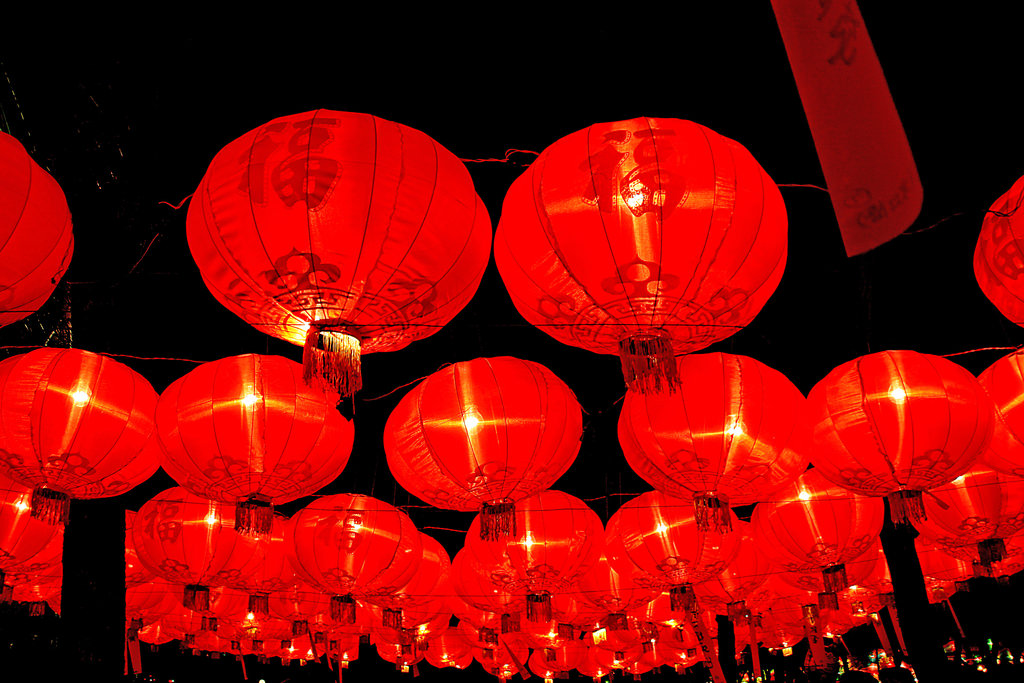
As we ground ourselves in our own traditions this winter and find comfort in our most intimate communities, I wonder if we might also open our doors a bit wider and consider who else we could invite in? And, as we look outward, I also wonder if we can muster the curiosity and spirit of friendship of a young child and seek to learn more about those who find light in different ways. I suspect that, alongside our differences, we would also find comfort in our common human need for illumination.
How many ways are there to sustain a light? How many varied containers can be created to hold our hope? I think few questions are more beautiful or important than these. Let’s ask them of each other and remember to continue asking.
Wishing you many points of light,
Alicia
If you think someone else in your life might need some hope, please share. It’s always easier to hold onto hope when we’re not doing it alone. And if you enjoyed this note and are not already a subscriber, please consider subscribing.


